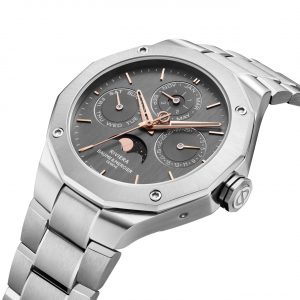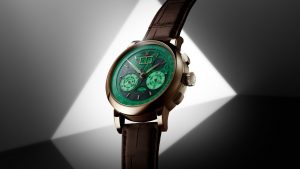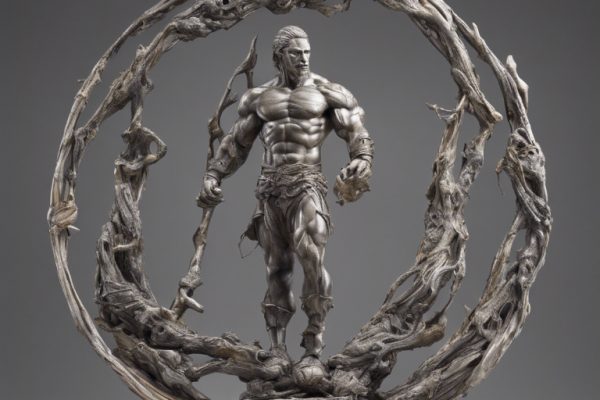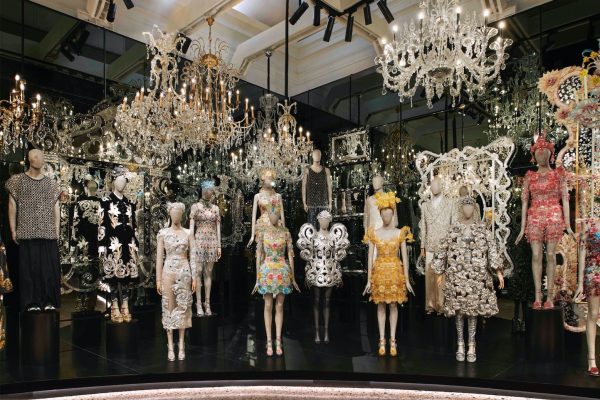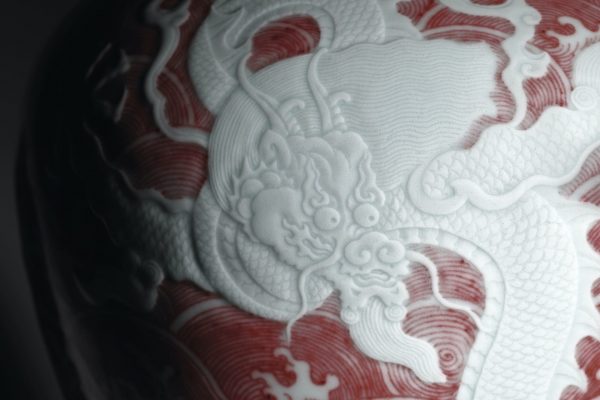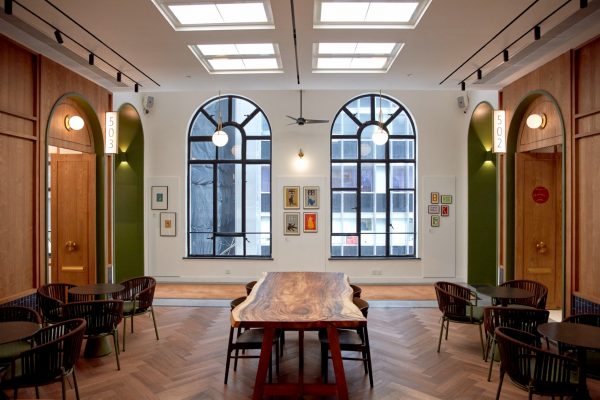#culture / #art & design
Jaeger-LeCoultre Uses Shanghai International Film Festival to Preserve Chinese Cinematic Gems
BY #legend
August 1, 2016
Chow Yun Fat’s face is bruised and battered, his brow drenched in sweat, but his gaze, directed at Ti Lung, is unwavering. Chow’s lips quiver with anger as he launches into a tirade that will remain etched in the memories of every cinema-going Hong Kong kid in the 1980s as long as they live. The scene was part of Chow’s breakout performance as the unruly but charming Mark Lee in John Woo’s 1986 movie, A Better Tomorrow. “Three years I’ve waited for a chance to take back what I lost,” Chow spits. “When did you ever stand up for a chance?” The movie is a classic, a milestone in Hong Kong cinema. It is loved for its vicious shootouts and frantic chases. The director’s treatment gave the film a blistering pace, and Woo is highly regarded for it.
A Better Tomorrow influenced many Chinese films that followed, and for that reason the organising committee of the annual Shanghai International Film Festival decided to restore the original film, with the help of Swiss watchmaker Jaeger-LeCoultre. This year’s Shanghai International Film Festival is the 19th, and the sixth in a row involving Jaeger-LeCoultre. Together they have restored 11 classic Chinese films, for the enjoyment of generations to come.
About every other movie you see in the cinema these days is in 3D. In shooting such movies, the film streams through the camera at a rate of up to 120 frames per second, so the images produced are clear and sharp – almost too real. But if you watch an old movie on television, more often than not the images are fuzzy, faded and stained, because the film has decayed with the passing of the years. All old films, the world over, decay in this way.
The chairman of the School of Film and Television of the Hong Kong Academy for Performing Arts, veteran filmmaker Shu Kei, says that in the 1940s and 1950s nobody gave any thought to preserving films for posterity. “When we talk about old films – and by this I mean films from the 1940s and 50s – they were all shot on 35-millimetre film, and after screening the movies, no one really thinks of keeping it,” Shu says. “The rolls of films are transported from one theatre to the next and screened many, many times. And after every screening, the reel deteriorates a little.”
Chinese films deteriorate more swiftly than others because they were shot on film of inferior quality, and cinemas tended to roll the reels a little faster than they were meant to be rolled, shortening the duration of the movie so more screenings could be crammed into the movie’s run. Only in the 1970s did the need for preservation become widely recognised. But preservation was difficult, requiring controlled environments and advanced technology. “Unless you’re one of the bigger companies – like Shaw Studios for example, who had the space and manpower to facilitate their own film archive – preservation wasn’t done,” Shu says. “People were aware of the need to do it, but few companies actually took action.” Efforts to restore films were unsatisfactory. Simply enhancing the colours of a film or converting it into a digital format failed to do the trick.
The results Shaw Studios achieved were below par. “This type of practice isn’t real restoration,” Shu says. “Shaw Studios standardised the colour enhancement and the digitisation process. If you look at their old films now, they all kind of look and feel the same.”
The Leisure and Cultural Services Department established the Hong Kong Film Archive in 2001 to preserve the city’s movie heritage. The institution collects films and related materials, and keeps them safe. It acts as a repository of Chinese film culture, to which the public has access through the institution’s own cinema, its exhibition hall and its resource centre.
Shu is an adviser to the Hong Kong Film Archive. He says lack of money is one of the biggest obstacles to preserving the city’s cinematic heritage. “Government funding is quite low,” he says. “We’ve put in repeated requests for increased funding, but the government has capped it, and would not give us more money to fund our restoration efforts.”
The restoration of films is laborious, Shu says. It requires digital improvement of the quality of the pictures and sound. The restorers go to great lengths to ensure that the result of their labours is what the director intended when he made the film, rather than what the movie industry thinks the film should look like now. Each frame has to be inspected and corrected individually.
“To restore means to bring the film back to its original look, to the moment when the movie was first captured on film,” Shu says. “What we would do was to ask the director or the cinematographer, if they were still around. We would invite them over to take a look, and they would tell us, from their memory, what the original looked like.”
The Hong Kong Film Archive restorers do the initial repair work on decaying films, and a film restoration laboratory in Italy, L’Immagine Ritrovata, does the rest. So painstaking is the process that since the inception of the archive, only two films have been properly restored to the satisfaction of the film industry. The first is a 1940 film, Confucius, by Fei Mu, which was thought after World War II to have been lost. The second is the 1966 song-and-dance classic Colourful Youth, starring Connie Chan Po Chu and Josephine Siao Fong Fong, teen idols of the era.
The watchmaker has close connections with filmmaking, supporting festivals around the world. “Film festivals have been an important platform for communications for Jaeger-LeCoultre for almost 15 years,” says CEO Daniel Riedo. “Why film festivals? There are many links between producing films and producing watches. They both require great expertise, and for both it’s a form of art.”
Jaeger-LeCoultre has been the leading sponsor of the Venice International Film Festival since 2006. The organisers of the Shanghai International Film Festival approached the watchmaker with a view to cooperating. “We were interested in cinema, and the Asia market was becoming more and more important for us,” says Riedo.
Jaeger-LeCoultre does more than just involve itself in festivals. In New York, for example, it runs a six-week film programme, appointing a young filmmaker-in-residence and providing the necessities for producing a movie. In Shanghai, the watchmaker restores classic Chinese films. “We did it because there was a huge demand,” Riedo says. “They have a huge history, but probably less financial capacity to restore films, so we decided to offer our help.” The Shanghai International Film Festival organising committee chooses each year the film to be restored, while Jaeger-LeCoultre provides the money and works with L’Immagine Ritrovata.
The next film to be restored will be Outside the Window, released in 1973, directed by Sung Tsu Shou and starring Brigitte Lin and Chin Han. The screenplay is based on the book of the same name by Chiung Yao, a prolific novelist, many of whose works have been adapted for the big or small screen. “It’s a very well-made film, based on widely popular pop culture and starring the most prominent actors of the time,” says Shu. “From that angle, this makes the movie a particularly significant one.”
Restoration takes years – rather like making watches. “It’s all about precision. It’s a long job,” says Riedo. “Sometimes, when we are restoring timepieces for our customers, it takes three years from the time the customer asks to restore this old piece from their grandfather. We sometimes have to redesign some components, to reproduce them in order to replace them.”
Riedo says Jaeger-LeCoultre’s dedication to restoring Chinese classic films is a sign of its commitment to Asia. “It’s exactly what we are here to communicate,” he says. “We are not only here for one year, or one shot. We have something here for the long term.” A better tomorrow for everyone.









